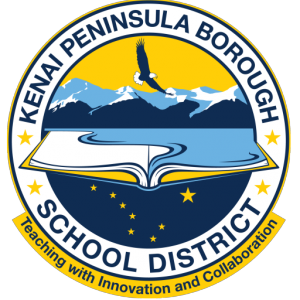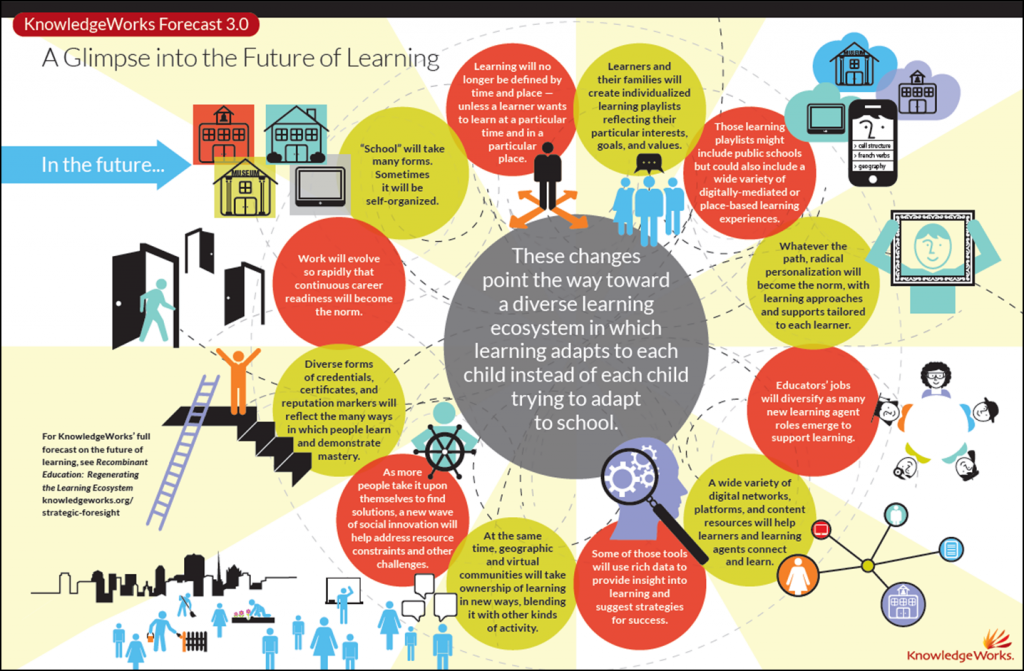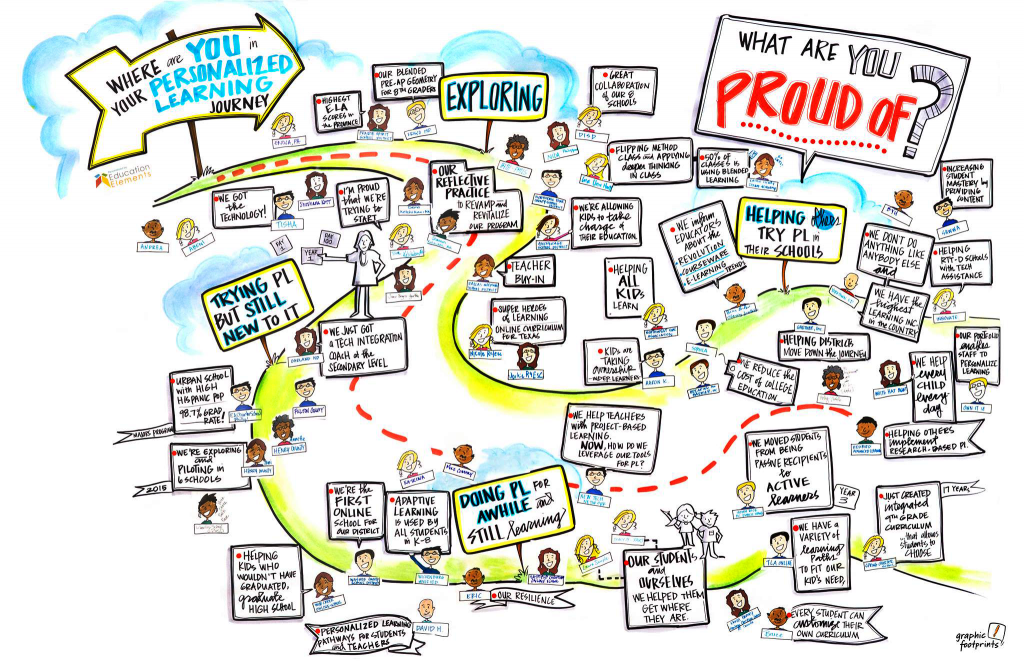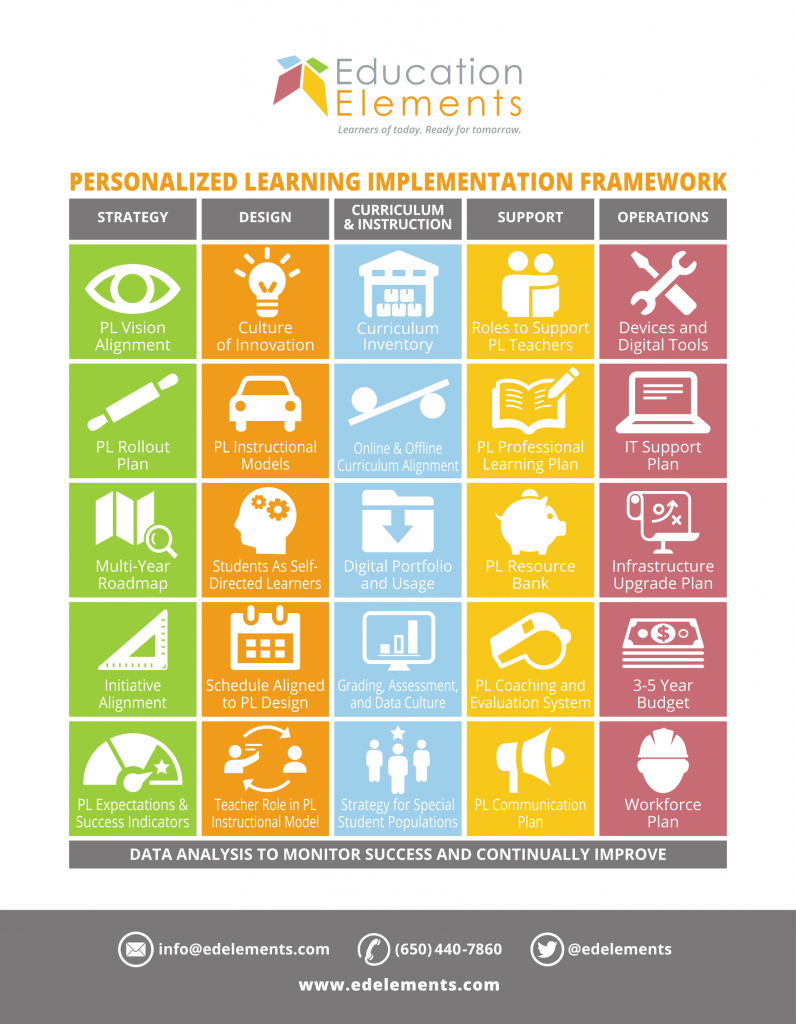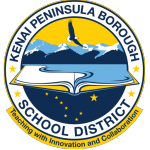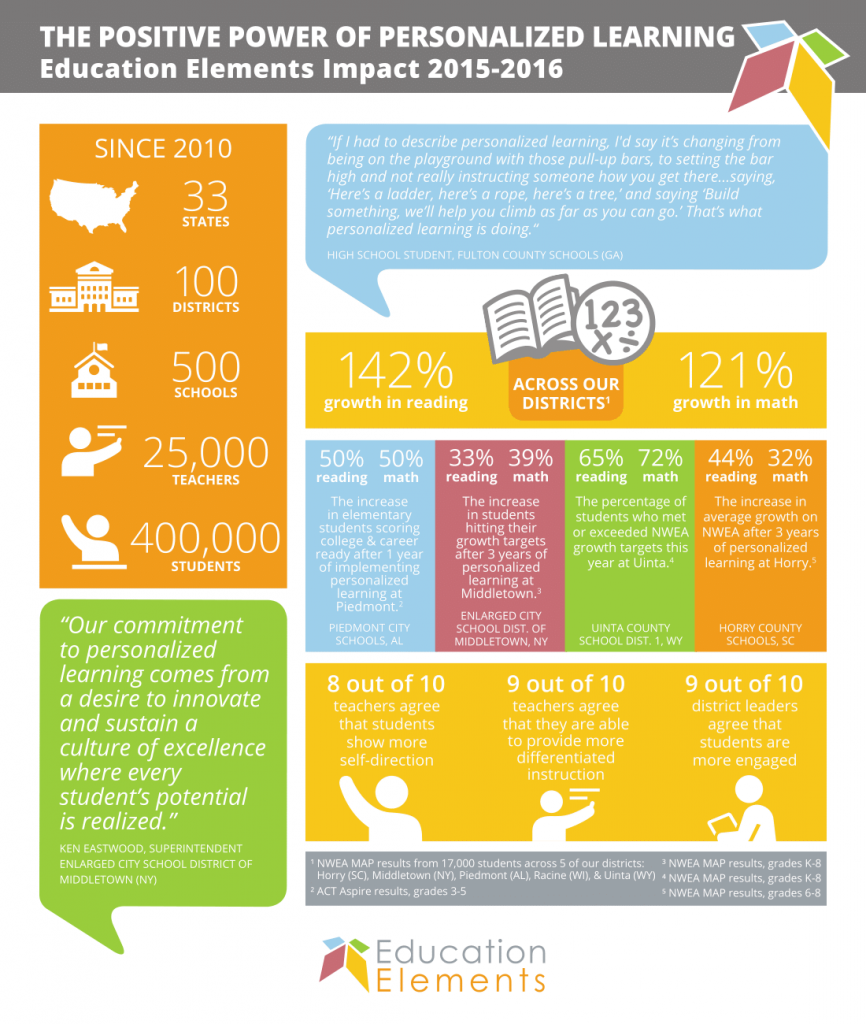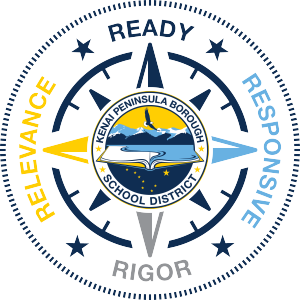The Kenai Peninsula Borough School District has been working with Education Elements for a year now. And in that time, there have been great strides made toward expanding the teaching and learning practices that we have in the district. An unintended consequence of taking a very reflective look at how we do business was that the innovative practices of teachers around the district have come clearly to light. You see, education is often a very individually based profession. Educators are so busy doing their portion that they rarely get to hear about what others are doing or share what they are doing in their own practices. Exciting to see the unique things that students, teachers, and principals are doing across the district!
Our work with Education Elements is set for a 3 year duration culminating in a sustainability phase that continues indefinitely into the future of our work. We are one year into that 3 year stretch. There are 3 waves (or groups) of schools moving through this process as mentioned in the previous post “The Long Runway”. Each wave moves through a series of 5 trainings and 3 site visits in their work with Ed Elements.
Here is where we are in this journey…
Wave 1 is wrapping up their work with Ed Elements here at the end of the school year. They are moving into the sustainability phase of the personalized learning work. We are spending our efforts developing long term processes for continual reflection and iteration (changes or updates) to the work that we do.
Wave 2 is halfway through their training series. They are spending the bulk of their time right now designing personalized learning structures and strategies for their classrooms and schools. They are deep in the work of trying out more personalized approaches with their students and empowering students to be reflective learners that more fully own their education. Even though the work is still in progress, teachers like Carlyn Nichols and Laura Niemcyzk are diving head first into innovative practices.
Wave 3 will soon be having their first site visits and delving into the first of the training series that Ed Elements offers. This wave consists more completely of the large high schools and so will have perhaps the largest shifts in practices. It is exciting to highlight teachers like Kristin Davis at Kenai Central High School, Eric Pomerleau at Soldotna High, Kim Leslie of the Distance Education program, and Sean Campbell at Homer High School among so many others for paving the way to more personalized education at the secondary level.
As we look forward into the remaining time of our partnership with Education Elements, the waves will continue through the training series and in another year or so, the entire district will be into the sustainability phase of this work. It will be amazing to see what the collaborative structures for reflecting and sharing our practices are as we move forward.
Other aspects of our PL journey include the updating of the curriculum and resources that are available for teachers to use. The process has begun to move each content area through a re-design/update of the curriculum and collecting the resources and materials that teachers will need to implement it. The final component of this is the technology support integration aspect. As the PL practices become solidified and the resources/materials needed are identified, it will be the natural next step to build the technology component of the PL scene in KPBSD.
For a brief and visual overview of this post, please check out the Riding the Wave infographic. So much progress made… much more coming! Exciting times in KPBSD!
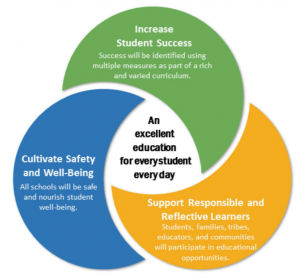
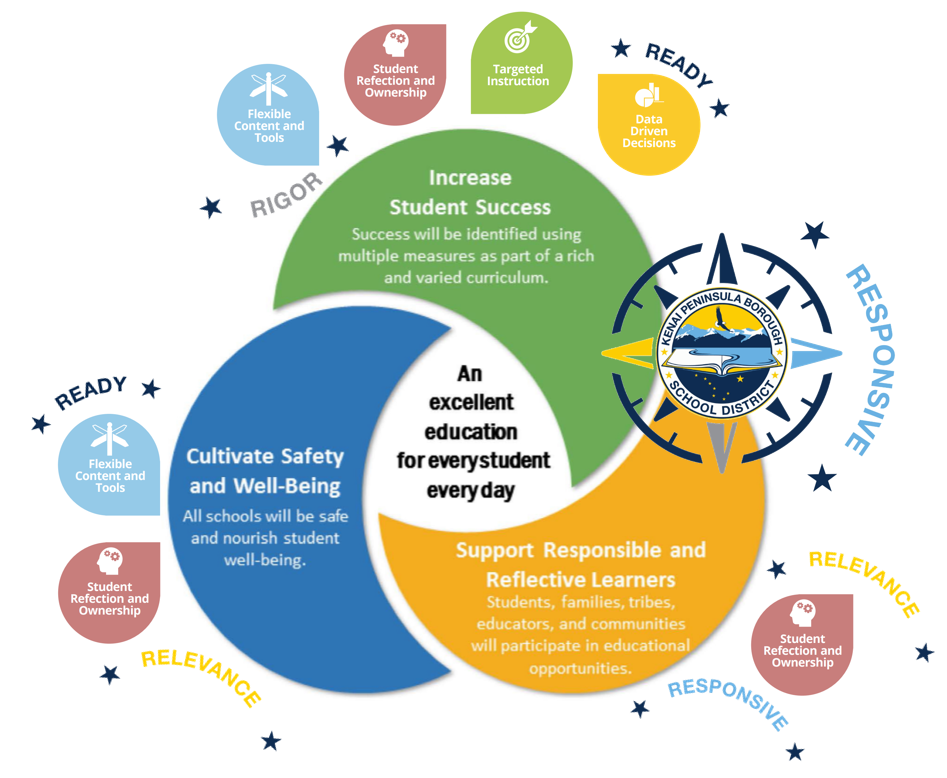
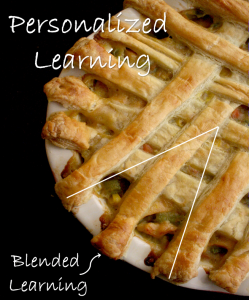 it might be useful to consider why three of the four books being offered are on “Blended Learning”. The question to address is this: if Personalized Learning is the pie in the sky, the whole enchilada, the big kahuna, then why Blended Learning? Quite simply, the foundations of blended learning is in shifting mindsets, using groupings and rotation models, planning instruction based on quality data. As it turns out, these are also the foundational tenets of Personalized Learning!
it might be useful to consider why three of the four books being offered are on “Blended Learning”. The question to address is this: if Personalized Learning is the pie in the sky, the whole enchilada, the big kahuna, then why Blended Learning? Quite simply, the foundations of blended learning is in shifting mindsets, using groupings and rotation models, planning instruction based on quality data. As it turns out, these are also the foundational tenets of Personalized Learning!